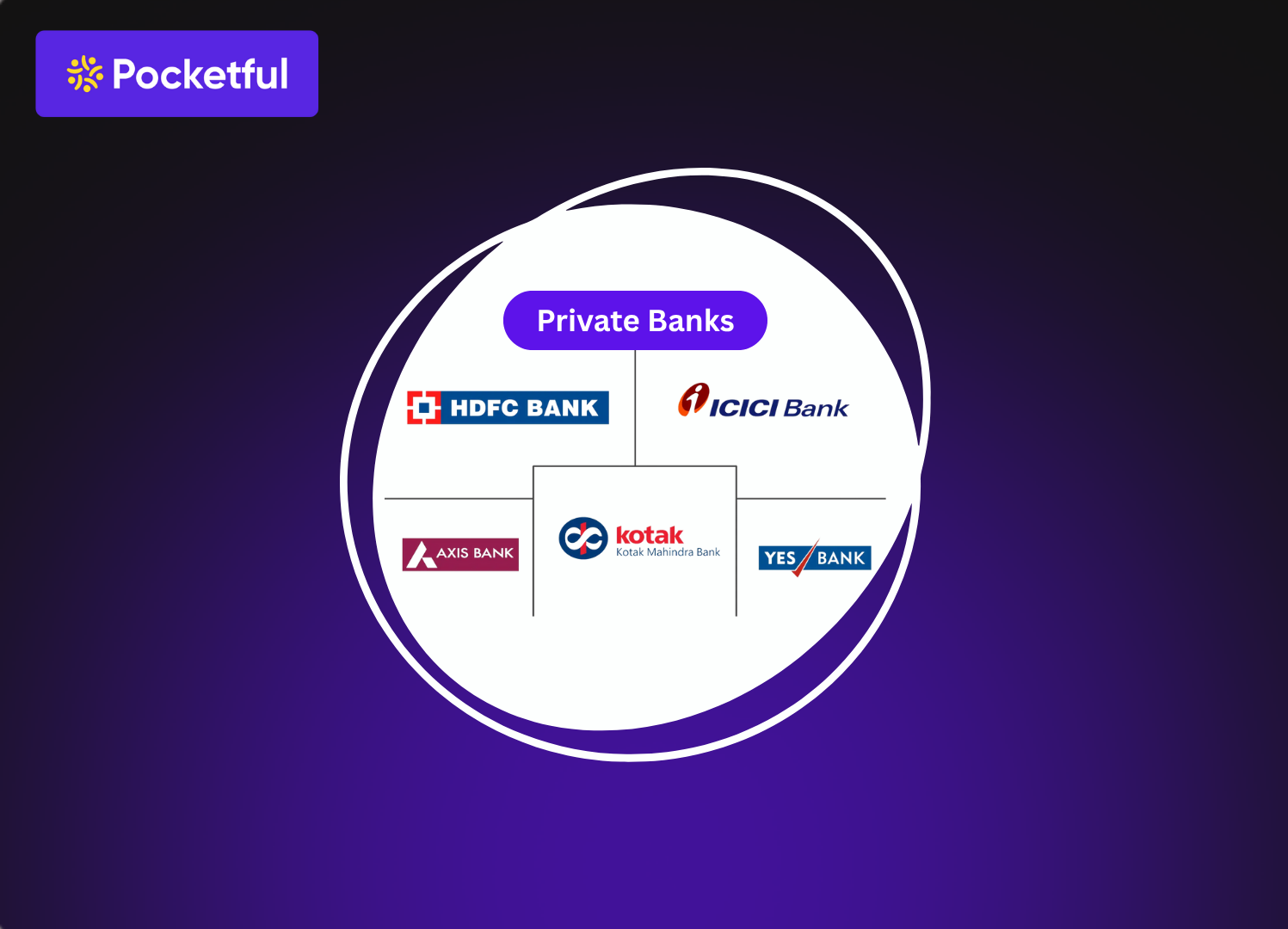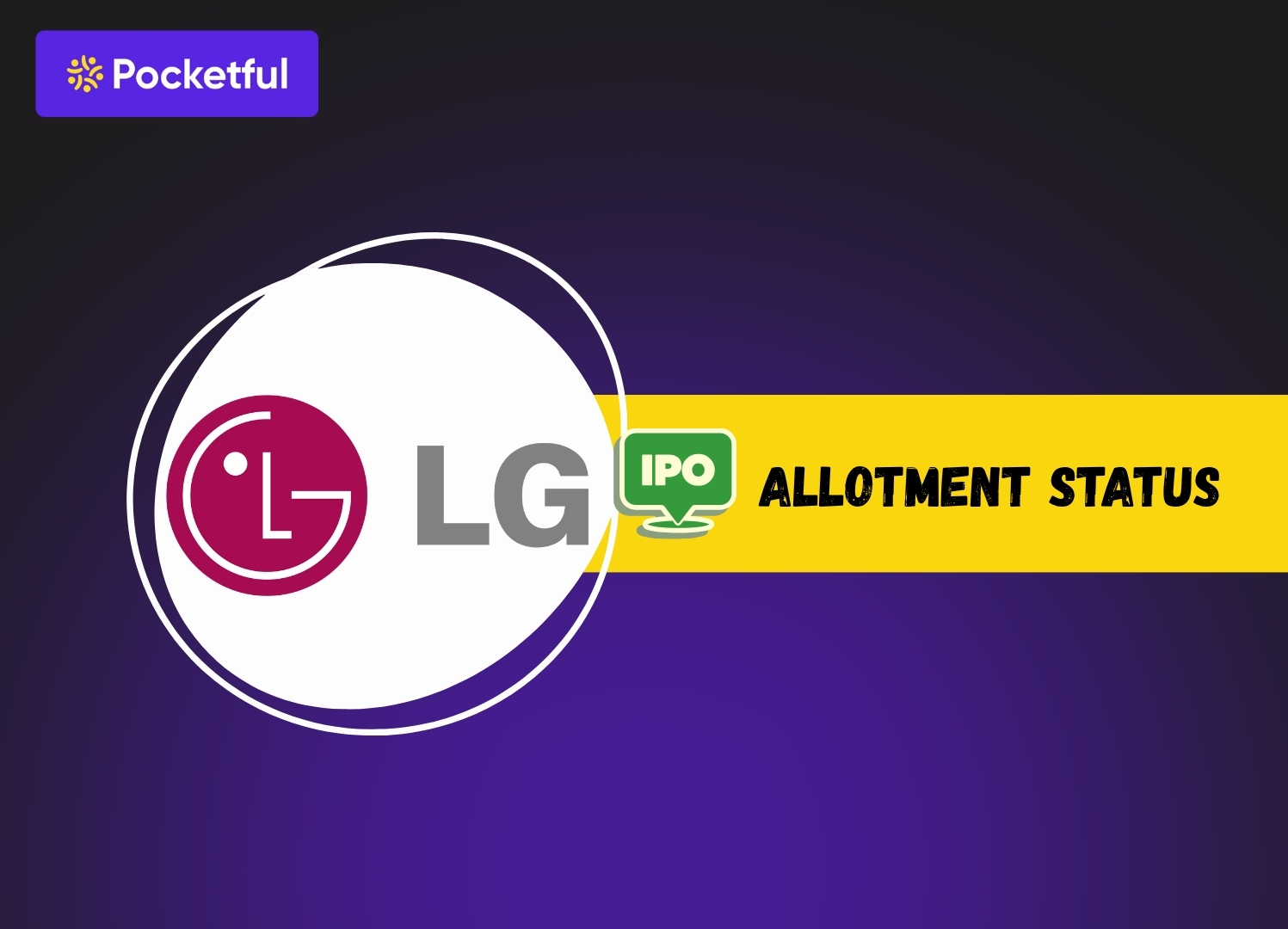Do you know many of the world’s biggest pharma companies don’t have their own drug manufacturing units for making their own medicines. These companies generally hire prominent drug manufacturing companies to make these essential drugs for them, this type of companies are called CDMO companies. India is becoming one of the world’s favourite manufacturers of medicines as per the global demands.
For investors it is a whole new and expanding area in the financial markets. In this blog we will talk about top CDMO companies in India, as these CDMO Pharma companies in India are getting a lot of attention from investors all over the world. Let’s dive into the top 10 CDMO stocks in India.
Top 10 CDMO Companies in India
| Company Name | Current Market Price (Rs) | Market Capitalization (Cr) | 52-Week High | 52-Week Low |
|---|---|---|---|---|
| Divi’s Laboratories Ltd. | 5,990 | 1,59,016 | 7,078 | 4,942 |
| Cipla Ltd. | 1,513 | 1,22,251 | 1,702 | 1,310 |
| Dr. Reddy’s Labs Ltd. | 1,256 | 1,04,786 | 1,406 | 1,020 |
| Zydus Lifesciences Ltd. | 984 | 98,988 | 1,072 | 795 |
| Lupin Ltd. | 1,925 | 87,926 | 2,403 | 1,774 |
| Aurobindo Pharma Ltd. | 1,085 | 63,563 | 1,530 | 994 |
| Cohance Lifesciences Ltd. | 875 | 33,492 | 1,360 | 856 |
| Gland Pharma Ltd. | 1,943 | 32,014 | 2,131 | 1,200 |
| Syngene International Ltd. | 634 | 25,526 | 961 | 599 |
| Piramal Pharma Ltd. | 196 | 25,993 | 308 | 180 |
Brief of Top 10 CDMO Companies in India
CDMO stands for Contract Development and Manufacturing Organization which acts as a one stop shop for pharmaceutical companies. Here are the top 10 CDMO companies in India.
1. Divi’s Laboratories Ltd.
Divi’s Laboratories Ltd. was founded in 1990 by Dr. Murali Krishna Prasad Divi, this company is one of the world’s trusted Active Pharmaceutical Ingredients (APIs) producers in India, APIs are the main ingredients of any medicine and Divi’s custom synthesis division is where they partner with world’s biggest pharma innovators to exclusively make their patented drug. The company is known for its quality, reliability and for expanding business as its new facility is being constructed in Kakinada. The company’s future seems unhindered and with time it can win more custom synthesis contracts making it more profitable.
2. Cipla Ltd.
Cipla Ltd. is a legendary name in the Indian Pharma sector, founded in 1935 by Dr. K.A. Hamied with a goal to make India self-reliant in the healthcare sector. The company is widely known for lung problem medicines and HIV medicines in the world also it has played a crucial role in AIDS treatment in Africa. This company sells its own branded medicines as well as it is in the CDMO space as well, focusing on specialised manufacturing. Cipla has a future fit growth strategy which includes boosting its presence in complex areas like peptides and biosimilars with the help of CDMO partnership.
3. Dr. Reddy’s Laboratories Ltd.
Dr. Reddy’s Laboratories Ltd. company founded by Dr. K.Anji Reddy in 1984, this company began by making APIs and rapidly transformed into a global pharma player. It is one of the Asian-pacific Pharma companies outside Japan which has been listed in the New York Stock Exchange since 2001. The company has a special CDMO business known as Aurigene Pharmaceuticals Services which caters globally. The company has a goal to reach 1.5 billion patients by 2030, also the company invests heavily in the R&D department of the company and plans to launch 25-30 new products in the next few years.
4. Zydus Lifesciences Ltd.
Zydus Lifesciences Ltd. Earlier known as Cadila Healthcare this company was founded way back in 1952 and has a long history in the pharmaceutical world. It is mostly known for making generic drugs and Zydus has recently started with the global biologics CDMO business. Biologics are complex, high-tech medicines like antibodies or vaccines which Zydus is manufacturing for its global clients. The company has bought two new manufacturing facilities in the United States giving it a major foothold in the US market which is the world’s biggest market for high-tech drugs. CDMO space can turn out to be a major growth engine for Zydus Lifesciences.
5. Lupin Ltd.
Dr. Desh Bandhu Gupta founded this company in 1968, it majorly started as manufacturer of anti-tuberculosis drugs and has since become one of the famous global giant and it also caters the US market. Lupin has two specialised CDMO divisions, one manufactures APIs and traditional drugs and the other one is for complex biologics. Lupin is now focused on R&D, large scale manufacturing as well as increasing its production. New complex generics like inhalers, and its entry in medicines like diabetes as well as weight loss drugs is increasing the revenue. Its CDMO business is a central part of its plan to offer high-value services.
6. Aurobindo Pharma Ltd.
Started in 1986 by Aurobindo Pharma is one of the major players in the generic drugs and APIs manufacturer with a wide spread presence over 125 countries. Aurobindo Pharma has recently purchased Lannett Company in the US giving the company a US based factory and a CDMO business that is specialised in controlled substances. This new development shows companies plan to grow in the US and build a powerful CDMO business.
7. Cohance Lifesciences Ltd.
This company has a history of specializing in the highly profitable area of medicines for the Central Nervous System (like the brain and spinal cord). The company was built specifically to be a focused CDMO player in the market, and with time it has made itself stronger through smart acquisitions. It is one of the key players in the CDMO sector after acquiring Cohance Lifesciences and Sapala Organics boosting its skills in antibody drug conjugates (ADCs) and oligonucleotides which are considered to be the future of medicines. Its plan is to focus on these niche, high-tech areas, expand its global sales team, and make more smart acquisitions to become a technology-driven CDMO powerhouse.
8. Gland Pharma Ltd.
Gland Pharma Ltd. was established in 1978 with specialization with injectable medicines, it mainly deals in B2B models. It is amongst the pioneers in India in setting up the country’s first USFDA approved facility for pre-filled syringes back in 2003. The company focuses on sterile injectables, cancer based drugs, and other complex medicines. The manufacturing record of Gland pharma and its long history of abiding by the USFDA and EMA are its key strengths. Gland is also expanding its operations by buying other companies like Cenexi Group to increase its global presence and add new skills.
9. Syngene International Ltd.
Syngene International Ltd. It is one of the major true DRDMOs (Contract Research, Development and Manufacturing Organization) which was started in 1993 as a part of Biocon. It has a good client base including global pharma giants like Bristol Myers Squibb and Amgen. The company deals in enhanced R&D, building new medicines, using advanced technology, computers and AI for faster and accurate results. The company is also expanding its manufacturing capacity by including a new facility in the US and getting even better at biologics and other next generation therapies. With a strong client base, analysts expect a continued growth over time.
10. Piramal Pharma Ltd.
Piramal Pharma has built a strong CDMO business in the pharmaceutical sector. It has a good presence in North America and European countries. It deals in cancer drugs and injectable medicines with focus on High Potency APIs (HPAPIs) services. It provides a holistic service of manufacturing and packaging medicines. The future growth potential of the company is based upon expanding its CDMO business as well as increasing its clients in US and Europe.
Read Also: Top Biotech Companies Stocks in India
Key Indicators of Top 10 CDMO Stocks
| Company Name | Net Profit Margin (%) | ROE (%) | ROCE (% | Debt-to-Equity Ratio |
|---|---|---|---|---|
| Divi’s Laboratories Ltd. | 23.40 | 14.63 | 18.85 | 0.00 |
| Cipla Ltd. | 19.20 | 16.90 | 21.57 | 0.00 |
| Dr. Reddy’s Labs Ltd. | 17.47 | 16.85 | 21.81 | 0.12 |
| Zydus Lifesciences Ltd. | 19.85 | 18.89 | 22.77 | 0.13 |
| Lupin Ltd. | 14.55 | 19.07 | 21.29 | 0.30 |
| Aurobindo Pharma Ltd. | 11.08 | 10.67 | 15.82 | 0.24 |
| Cohance Lifesciences Ltd. | 22.10 | 15.78 | 13.36 | 0.12 |
| Gland Pharma Ltd. | 26.47 | 11.17 | 15.03 | 0.00 |
| Syngene International Ltd. | 13.62 | 10.49 | 12.61 | 0.03 |
| Piramal Pharma Ltd. | 0.19 | 1.12 | 6.40 | 0.58 |
Advantages of Investing in CDMO Stocks
- The “China Plus One” Strategy: The world has prominently relied heavily on manufacturing of medicines and essential drugs from, but due to global tensions companies are looking for an alternative reliable partner, so this strategy makes India as the top choice in the pharma world.
- The BIOSECURE Act: The US is thinking to reduce their dependence on Chinese pharma companies and introduce a new BIOSECURE Act, by contracts straight to Indian CDMOs.
- Cost and Quality Advantage: India has potential to give top quality R&D services and manufacturing capabilities at much lower costs.
- Government Support: The Indian government’s Production Linked Incentive (PLI) scheme gives financial rewards to companies that boost the manufacturing of complex drugs in India.
Read Also: Best Pharma Stocks in India
Risk associated with CDMO Stocks
- Stricter Rules and Regulations: CDMO factories are regularly inspected by global health authorities like the USFDA. A bad inspection report or a “warning letter” can stop a company from selling its products in the US, which can seriously hurt its revenues and stock price.
- High Competition: As the opportunity in the CDMO space grows, so does the competition. This could put pressure on quality, prices and profits in the long run.
- Client Dependency: A CDMO’s success is tied to its clients’ success because if a client’s drug fails in clinical trials, the CDMO loses that project.
- Constant Investment: CDMOs need to constantly invest in the latest technology and equipment to stay ahead of the competition, and this costs a lot of money.
Read Also: List Of Best Healthcare Stocks in India
Conclusion
CDMO companies are transforming from just being a supplier to becoming a key partner in global pharmaceutical innovation. With global demand and India’s capabilities to strengthen its R&D and manufacturing on its side, these companies can play a major role in the world. An investor shall always try to attain knowledge and then enter the market. Also the risks involved are the first step to making smart investment decisions.
Frequently Asked Questions (FAQs)
Are regular pharma companies the same as CDMO stock?
Regular pharma companies growth depends upon their own branded drugs and a CDMO’s success totally depends upon getting contracts from different pharma companies.
What are the risks of CDMO stocks?
There are risks attached to CDMO stocks like regulators like USFDA and diverse investments like projects, pharma sector, R&D.
Why is the USFDA important for Indian companies?
The USA has high demand making it the most important and profitable market for Indian pharma companies, so getting most is the biggest and most profitable market for medicines in the world and USFDA allows these Indian companies to manufacture and sell drugs but a negative report can cut off the companies ties.
What does “China Plus One” mean for Indian CDMOs?
It’s a global trend where international companies are looking for a second manufacturing base outside of China to reduce their risks. India is seen as a potential base as it is less costly, skilled techniques and labours are available, and high quality products are made.
How can CDMO stocks be tracked?
One should follow the quarterly financial results of the companies mentioned in this blog. Also, keep an eye on news about USFDA inspections, announcements of big new contracts, and global trends in pharmaceutical outsourcing.










